Old Fort Erie
-itok-EHAvily0.jpg)
Old Fort Erie
The site of one of Canada's most historic battles in the War of 1812.
The War of 1812. Anyone from Canada or the USA should at least have heard of it. But if you live in the Niagara region (on either side of the border), 1812's significance takes on a particular quality. Our Open Book Explorer tour will take you to some of the more famous sites, and pair you up with great reading along the way.
From Laura Secord's famous night run to the Battles of Chippawa, Lundy's Lane, and Queenston Heights - the War of 1812 echoes through Niagara's history, its architecture, its sense of importance today. Visit one of the few houses to survive the Burning of Niagara, see the remnants of old Fort Mississauga, and the reconstructed and preserved sites of Fort Erie and Fort George. Many if our sites are found in the beautiful heritage town of Niagara-on-the-Lake.
To go along, Ontario has many books to offer. We strongly recommend James Laxer's Tecumseh and Brock - a compelling look at two of the most prominent figures in the war, and Peggy Dymond Leavey's Laura Secord: Heroine of the War of 1812 which looks at the controversy surrounding Laura Secord's official recognition. Also worth checking out is Richard Feltoe's A Crucible of Fire - a vivid recounting of the Americans last push to expel the British from Upper Canada.
Other Tours to Consider:
-itok-EHAvily0.jpg)
The site of one of Canada's most historic battles in the War of 1812.
Drummond Hill Cemetery is a nationally recognized heritage site. Located in Niagara Falls, it is most famously known as the battle grounds of the "Battle of Lundy's Lane", as well as the burial site of Laura Secord. Christopher Buchner purchased 400 acres of land from his father-in-law, James Forsythe, in 1799 and used the top of the hill as a burial ground.
The Niagara Falls History Museum is located within steps of the Drummond Hill Cemetery, which is the focal point for the Battle of Lundy’s Lane - the ‘bloodiest battle of the War of 1812. Inside you will find the Gale Family War of 1812 Gallery dedicated to the history of the War of 1812, and its impact on the citizens of Niagara Falls. From the onset of the War, Niagara Falls was involved in the American invasion into the penisula and was the scene of the Battle of Chippawa and the Battle of Lundy’s Lane.
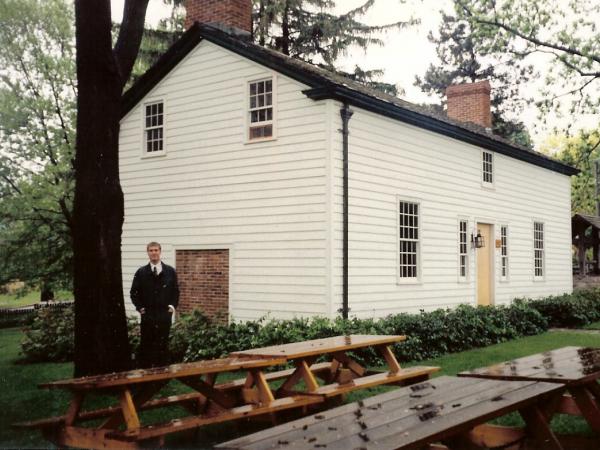
The residence of the War of 1812's famous heroine, and the starting point of her journey to warn the British of an impending invasion, the homestead of Laura Secord is now a museum and heritage center. Here you will find plenty of historical information as well as guided tours.

Known for its vistas of the Niagara River, Lake Ontario, and vineyards, Queenston Heights is the birthplace of Niagara Falls and a terminus for The Bruce Trail. At this site you will find information on the famouse Battle of Queenston Heights, along with monuments to Brock and Laura Secord.
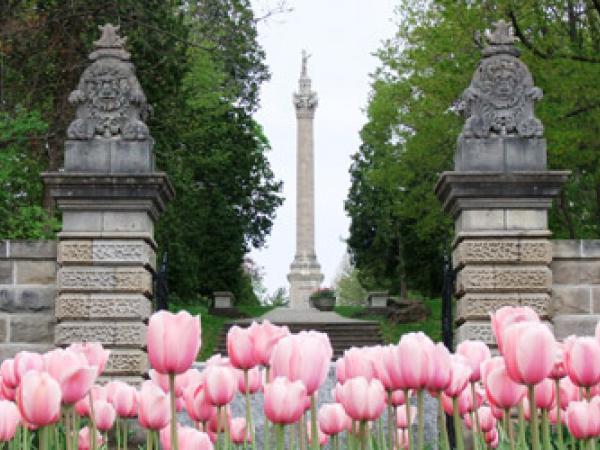
Monument that markes the War of 1812's Battle of Queenston Heights. Located in Queenston Heights Park, Niagara on the Lake, it offers spectacular views of Lake Ontario to the North, and Niagara Falls to the South.
A monument to the Georgian era, McFarland House is one of the few buildings to survive the burning of Newark - which took place when the Americans occupying Fort George began their retreat in 1813. It is the oldest building owned by The Niagara Parks Commission and has a conservatory tea room open to the public throughout the week.
Fort George is a rebuilt historic military structure located in Niagara on the Lake. Famous for its War of 1812 battle, the fort was once taken by the American army, before they were repelled at the battles of Stoney Creek and Beaver Dams. It is now maintained by Parks Canada, and visitors are treated to a glimpse of life in the early 19th century.
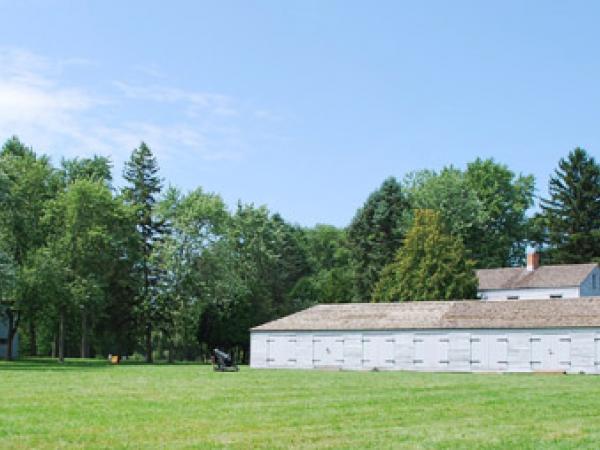
Following the destruction of Fort George by cannon fire in 1813, the British decided to move their key fortification inland. They began construction of storehouses and military bunkhouses on the south-western edge of the military lands (or "Commons) - well out of reach of American guns. By 1854 this area became known as Butler's Barracks - named after John Butler and his "Butler's Rangers". You can visit the site today and find the old buildings still standing.

The property was first owned by Mowhawk Chieftan, Joseph Brant, and then acquired by Captain John Powell - who became the first person to build on it. It is historically known as the site where the famous Sir Isaac Brock wooed his secret love Lady Sophia Shaw, and where they last met on the eve of the War of 1812.
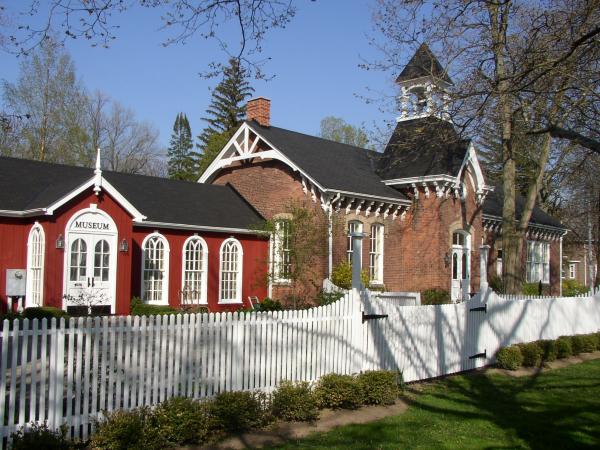
Established in 1895, the Niagara Historical Society is dedicated to understanding the history of Niagara-on-the-Lake.

Located along the shores of Lake Ontario, at the mouth of the Niagara River, Fort Missisauga was built from 1814-1816 to replace Fort George. It consists of a box-shaped brick towar and earthworks shaped as a star. It was home to the first lighthouse on the Great Lakes, now commemorated by a plaque at the center of the fort.
Enrich your experience by reading books about the places on your tour!
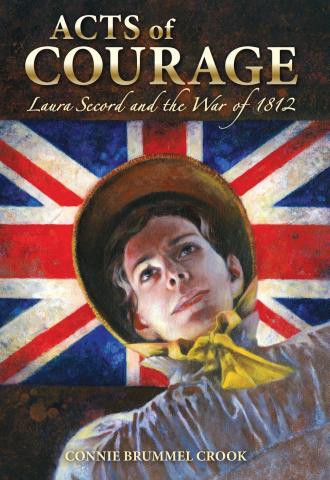
In Acts of Courage, Connie Brummel Crook dramatizes the life of one of Canada’s most enduring heroines, Laura Secord. from young Laura Ingersoll’s early days in Great Barrington, Massachusetts, amidst the turmoil that followed the American Revolutionary War, the story outlines her father’s difficult decision to move his family to Upper Canada.
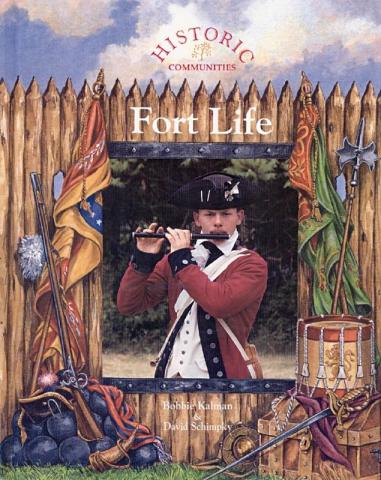
Coveted for their strategic military locations, forts often changed hands many times. Forts played a vital role in the settlement of the New World and were a means of refuge for soldiers and settlers. The difficult life of the soldier is detailed from the harsh living conditions to the primitive medical care they received.
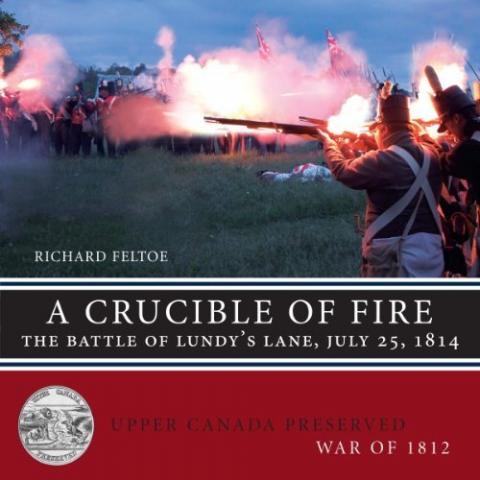
Following their invasion at Fort Erie and decisive victory at the Battle of Chippawa, an American army of over 5,000 men seemed poised to sweep across the Niagara frontier to Lake Ontario, link up with the American fleet, and complete the final expulsion of the British allied forces from Upper Canada. However, only a month later, the shattered remnants of this force were firmly on the defensive and feverishly digging in as the British advanced to begin the siege of Fort Erie.
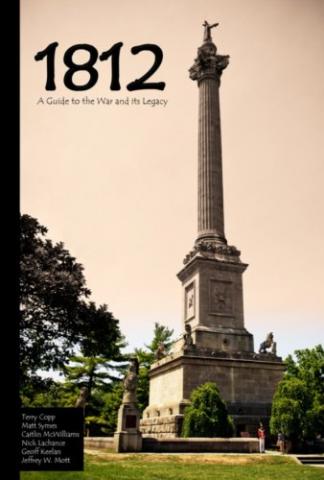
For Canadians, the War of 1812 has held various meanings at different times. In the immediate aftermath, alongside the “Loyalist” narrative of fleeing from the defeat of the British at the hands of American rebels, the war was regarded as redemptive for those still loyal to British North America. From the American perspective, it is merely one in a host of small-scale wars in North America, and the events of 1812–1815 are mostly forgotten in the collective memory of the United States.

Throughout 1812 and 1813, Upper Canada had been the principle target for a succession of American invasions and attacks. Fortunately they all had been repulsed, but at a high cost in lives and the devastation of property on both sides of the border. By the beginning of 1814, both sides were determined to bring the war to an end with a decisive victory through an escalated commitment of men and military resources.

In his second of six books in the series Upper Canada Preserved — War of 1812, author Richard Feltoe continues a battlefield chronicle that combines the best of modern historical research with extensive quotes from original official documents and personal letters, bringing to life the crucial first six months of the 1813 American campaign to invade and conquer Upper Canada. The Pendulum of War documents the course of more than seven major battles and over a dozen minor engagements that were fought on the St.

In 1812, the future of British North America hung in the balance as the United States declared war with the avowed goal of conquering the Canadas and removing British influence from the continent forever.
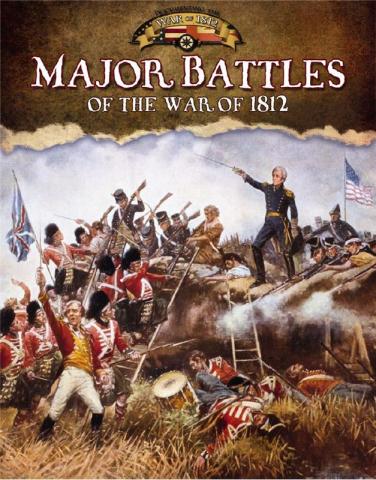
Pivotal battles waged before, during, and after the War of 1812 are detailed in this fascinating book. Battles between the United States and the British and Canadians saw gains and losses of territory for both sides, all of which proved to be only temporary. For the Native Indians who fought on each side, the result was the loss of their land and autonomy.

The War of 1812 resulted in a surging sense of nationalism for both the United States and Canada. This fascinating book looks at the achievements of the military leaders and other key figures involved in the conflict during this time of nation-building.

Bestselling, award-winning author James Laxer offers a fresh and compelling look at this important battle by bringing together two historic narratives: the Native peoples' "Endless War" to establish soveriengty on their traditional terrorities, and the American campaign to settle its grievances with Britain through the conquest of Canada.

The sixth and final book of the Upper Canada Preserved — War of 1812 series, The Ashes of War examines in detail the closing stages of the war on the Northern Frontier, including the two-month siege of Fort Erie, the engagement at Cook’s Mills, the American attempt to recapture Michilimackinac (Mackinac), the tale of the Nancy, and the American raids into southwestern Upper Canada.
-itok-ulnDhsng.jpg)
Ronald J. Dale's richly-illustrated book provides insight into aspects of Niagara-on-the-Lake’s history often unknown to visitors. From its establishment as the first capitol of Ontario, to the founding of the province’s first newspaper, to the auspicious and renouned Shaw Festival - the book contains helpful information along with excellent suggestions of landmarks for you to discover. A perfect companion for your visit to one of Southern Ontario's most picturesque towns.
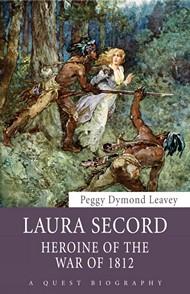
Peggy Dymond Leavey looks at the controversy surrounding Laura Secord's legacy even today. A story of true heroism, Laura Secord lived a long life never receiving full recognition for her famous journey in 1813.
After dragging her injured husband off the battlefield during the War of 1812, Laura Secord (1775-1868) was forced to house American soldiers for financial support while she nursed him back to health. It was during this time that she overheard the American plan to ambush British troops at Beaver Dams.
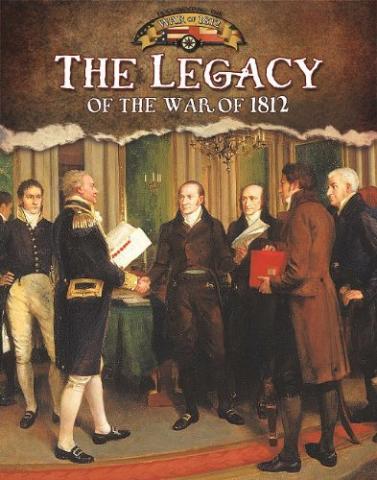
The War of 1812 is an important part of Canadian history. Fought during a period of nation-building in North America, this war helped to cement Caada's sense of national pride having successfully repelled an invasion.
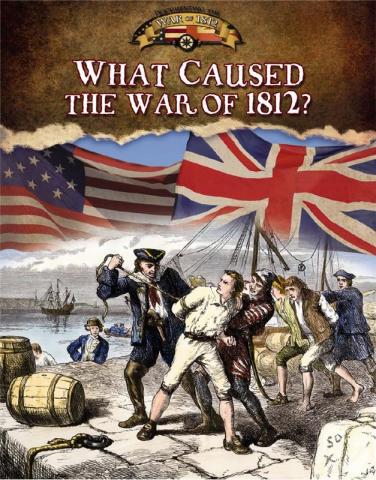
In 1812, the Napoleonic Wars in far-off Europe began a chain of actions that would lead the United States into war against Britain and its colonies in Canada in the New World. This fascinating book reveals how U.S. president James Madison declared war on Britain for harming U.S. trade with Europe by naval blockade, for impressing U.S.

In April 1813 the Americans launched a new campaign to conquer Upper Canada, after their failure to do so in 1812. However, following initial victories, the U.S. assault stalled as a combined force of British regulars, Canadian militia, and Native allies counterattacked, throwing the Americans entirely onto the defensive by the end of June. During the next six months, this seesaw of military advantage was repeated again and again as each side escalated its commitment of men and resources and fought to gain the "final" victory.
Other tours that might be of interest.
Welcome to The Niagara Parkway. Winding its way along our side of the Niagara River, the parkway connects Fort Erie to Niagara-on-the-Lake, passing through several villages and historic areas - including Niagara Falls, where out tour begins. Have we mentioned its perfect for biking? Have we mentioned the enormous amount of history you can discover? How about all the books to go along?